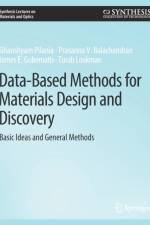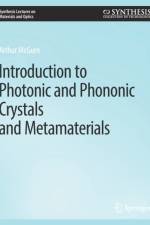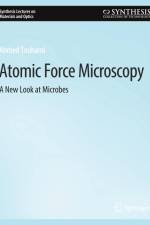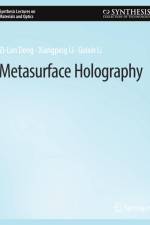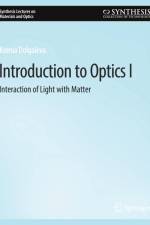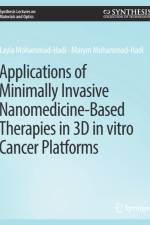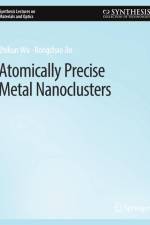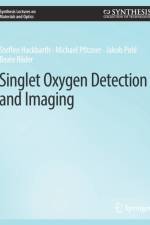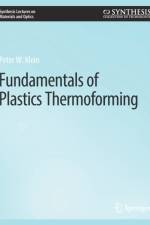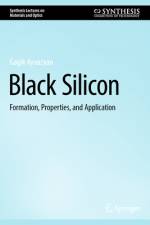av Ksenia Dolgaleva
409
This book, Introduction to Optics I: Interaction of Light with Matter, is the first book in a series of four covering the introduction to optics and optical components. The author's targeted goal for this series is to provide clarity for the reader by addressing common difficulties encountered while trying to understand various optics concepts. This first book is organized and written in a way that is easy to follow, and is meant to be an excellent first book on optics, eventually leading the way for further study. Those with technical backgrounds as well as undergraduate students studying optics for the first time can benefit from this book series.The current book includes three chapters on light and its characteristics (Chapter 1), on matter from the standpoint of optics (Chapter 2), and on the interaction of light with matter (Chapter 3). Among the characteristics of light, the ones characterizing its speed, color, and strength are covered. The polarization of light will be covered in the next book of the series, where we discuss optical components. Chapter 2 discusses various atomic and molecular transitions activated by light (optical transitions). Different kinds of natural bulk material media are described: crystalline and amorphous, atomic and molecular, conductive and insulating. Chapter 3 on the interaction of light with matter describes naturally occurring phenomena such as absorption, dispersion, and nonlinear optical interactions. The discussion is provided for the natural bulk optical materials only. The interfaces between various materials will be covered in the next book on optical components.The following three books of the series are planned as follows. In the second book, we will focus on passive optical components such as lenses, mirrors, guided-wave, and polarization optical devices. In the third book, we will discuss laser sources and optical amplifiers. Finally, the fourth book in the series will cover optoelectronic devices, such as semiconductor light sources and detectors.

